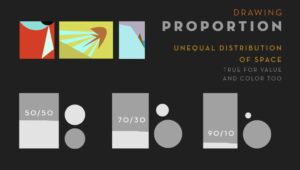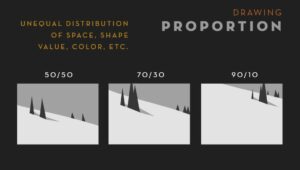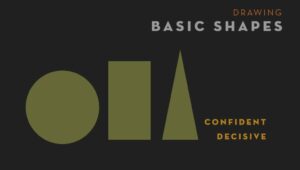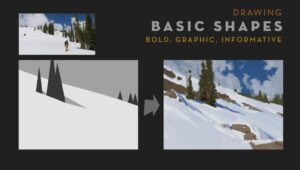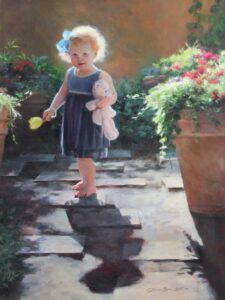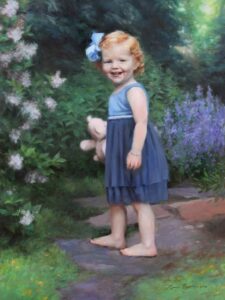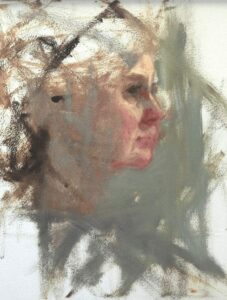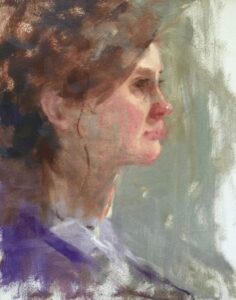
~ Sara Raasch
And so it is with painting; the first stroke on a blank canvas is like that single snowflake. The tabula rasa… the promise it holds, is built on the premise that all knowledge comes from experience or perception.
Art is the external expression of the intuition. As artists we are constructing an imagined thing. Each stroke building upon the last until form and content are in correct relation to each other and the idea is clearly expressed.
Raw emotion, without rules of academic correctness to govern its output,
just produces nonsense. Great art, can only come when creativity
is tempered by taste, when the design is conscious, and when the form
is uniquely suited to the ideas presented.”
Shakespeare said that art is a mirror held up to nature. Yet if the making of art was limited to just copying, then nature would surely eclipse any effort of the artist. The artist’s interpretive vision would be lost in the cold reflection and recording of external facts. Reality is obtained not by copying but by interpreting. Even in painting the portrait, the artist must fix in his mind the quality, the character, the very soul of the person before him.
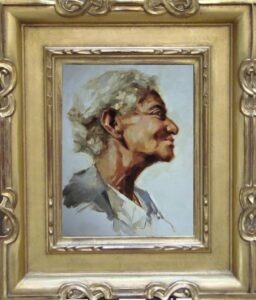
12×16
The transcending of art above nature is an age old discussion. Aristotle with his idealistic view, was likely the first to claim that true art is an improvement upon nature and that man must be depicted not as he is but as he ought to be. Realists believed that only common depictions of life offered an enlightened view of reality. But even this belief doesn’t destroy the presence of artistic quality in their work. An internal vision along with the external, skill of execution is required for all true Art.
and paint this truth in the simplest and most direct way.”
The mechanics of picture-making, require a mastery of the basic principles. There are no great secrets, simply a commitment to careful observation and mindful, sincere rendering. Painting is a fusion of the external; skill of execution and the internal; vision or intuition. It requires an understanding of who we are and who we are becoming. An unfolding of the mind with each new experience.
Mysticism teaches that everything in the physical world has a parallel in the spiritual. Baltus said; “A spiritual stroke, correctly placed is beyond calculation.” This belief resonates with me; it suggests that something outside of our unique experience and knowledge is at work. That the hand of the artist is guided by the mind as well as the spirit.
As with snowflakes; we all have our unique experiences. But maybe the accumulation of human experience is like a blizzard, resulting in what Jung called the collective unconscious. When a painting transcends or inspires, perhaps it has struck that universal chord.











